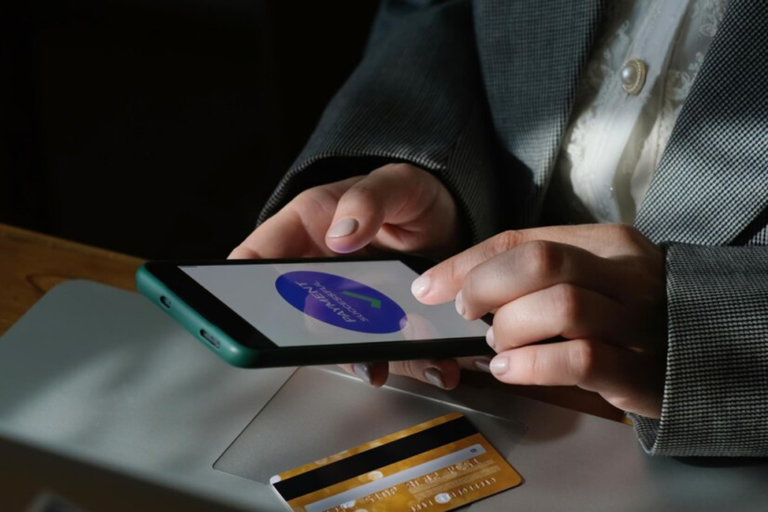In an increasingly interconnected world, financial inclusion remains a significant challenge. Despite advancements in technology, billions of people globally still lack access to basic financial services, particularly in developing regions. This gap has left many underserved communities unable to participate fully in the economy, limiting opportunities for growth and development. However, digital wallets are emerging as a powerful solution to bridge this gap, offering secure, accessible, and convenient financial services to individuals across the globe. In this article, we explore how digital wallets are playing a crucial role in empowering financial inclusion and transforming lives worldwide.
Understanding Financial Inclusion
Financial inclusion refers to the availability and accessibility of affordable financial services, such as savings accounts, credit, insurance, and payment systems, to individuals and businesses, particularly those in underserved or low-income communities. According to the World Bank, approximately 1.7 billion adults remain unbanked, with many of them lacking access to traditional banking services due to geographical, economic, or infrastructural barriers.
Digital wallets, powered by mobile phones and internet connectivity, offer an innovative solution to this problem. By providing a digital alternative to traditional banking, these wallets allow people to store, transfer, and manage money without the need for physical banks or complex paperwork, enabling millions of people to access financial services for the first time.
Bridging the Geographical Gap
One of the biggest obstacles to financial inclusion is the lack of access to physical banking infrastructure, especially in remote or rural areas. In many developing countries, people living in rural regions are often miles away from the nearest bank branch, making it difficult for them to perform basic banking tasks such as withdrawing cash, paying bills, or transferring money.
Digital wallets eliminate this geographical barrier by offering financial services directly through mobile phones. As smartphones become more ubiquitous and mobile internet coverage improves, digital wallets enable users to perform financial transactions from the comfort of their homes or workplaces. By simply using a mobile phone, individuals can send money, make payments, and even access savings or credit services, eliminating the need to travel long distances to a physical bank.
In regions with limited access to banking infrastructure, digital wallets can quickly and efficiently scale, allowing individuals to engage in financial activities that would otherwise be unavailable.
Providing Affordable Financial Services
Another significant barrier to financial inclusion is the high cost of traditional banking services. Many people living in low-income areas are excluded from formal financial systems due to high fees, minimum balance requirements, and other financial barriers. These individuals may rely on informal methods of saving and transferring money, such as cash, which can be risky, inefficient, and difficult to track.
Digital wallets, however, offer a more affordable alternative. The transaction fees associated with digital wallets are often lower than those of traditional banking systems, and in some cases, they are even free. For example, peer-to-peer (P2P) payment systems enable users to send money to others without incurring the high fees that come with international wire transfers or bank charges. Additionally, digital wallets typically do not require a minimum balance, making them more accessible to individuals living paycheck to paycheck.
By providing low-cost or free financial services, digital wallets empower people who would otherwise be excluded from the formal financial system to manage their money more efficiently and securely.
Enabling Access to Credit and Savings
One of the most transformative aspects of digital wallets is their ability to provide access to credit and savings options. Traditional banks often require a credit history, collateral, or a stable income to approve loans, leaving many individuals in developing countries unable to access credit.
Digital wallets, however, have introduced innovative financial products that use alternative data for credit scoring. By analyzing users’ transaction histories, spending behaviors, and even mobile phone usage, digital wallet providers can assess creditworthiness without relying on traditional credit scoring methods. This has opened up access to microloans and small-scale credit for individuals who may have been excluded from the traditional banking system.
Moreover, digital wallets often include features that promote savings. For instance, users can set up automatic savings plans, where small amounts of money are regularly transferred into a digital savings account. These features encourage financial discipline and provide users with a simple way to save for emergencies or future goals. In some cases, digital wallets also offer interest-bearing savings accounts, giving individuals an opportunity to grow their money over time.
Facilitating Access to Cryptocurrency
In addition to traditional financial services, digital wallets are also enabling access to new forms of financial inclusion through the integration of cryptocurrencies. Cryptocurrencies, such as Bitcoin and Ethereum, offer an alternative to traditional fiat currencies, allowing users to bypass traditional banking systems and access financial services on a decentralized network.
For individuals in regions with unstable currencies or limited access to international financial services, cryptocurrencies can provide a stable and secure store of value. Some digital wallets allow users to store, send, and receive cryptocurrencies, making it easier for them to engage in the global economy. For instance, individuals involved in trading through a crypto prop firm can use digital wallets to manage their investments and securely transfer funds, regardless of their location.
By integrating cryptocurrencies into their offerings, digital wallets enable users to participate in global financial markets and protect themselves against local currency devaluation, further enhancing financial inclusion.
Improving Financial Literacy
Beyond providing financial services, digital wallets are also helping to improve financial literacy. Many digital wallet platforms include educational resources and tools that teach users how to manage their money effectively. These resources might include tips on budgeting, saving, and investing, as well as information on how to use the wallet’s features safely and securely.
By improving financial literacy, digital wallets empower users to make informed decisions about their finances, helping them to avoid debt, save for the future, and ultimately improve their economic well-being.
Conclusion
Digital wallets are transforming the financial landscape, offering new opportunities for individuals around the world to access essential financial services. By bridging geographical gaps, providing affordable services, enabling access to credit and savings, and integrating cryptocurrencies, digital wallets are playing a key role in empowering financial inclusion. As technology continues to evolve, digital wallets will undoubtedly expand their reach, helping to create a more inclusive and equitable global economy. The future of financial inclusion lies in the ability of digital wallets to provide secure, accessible, and affordable financial solutions for all.

